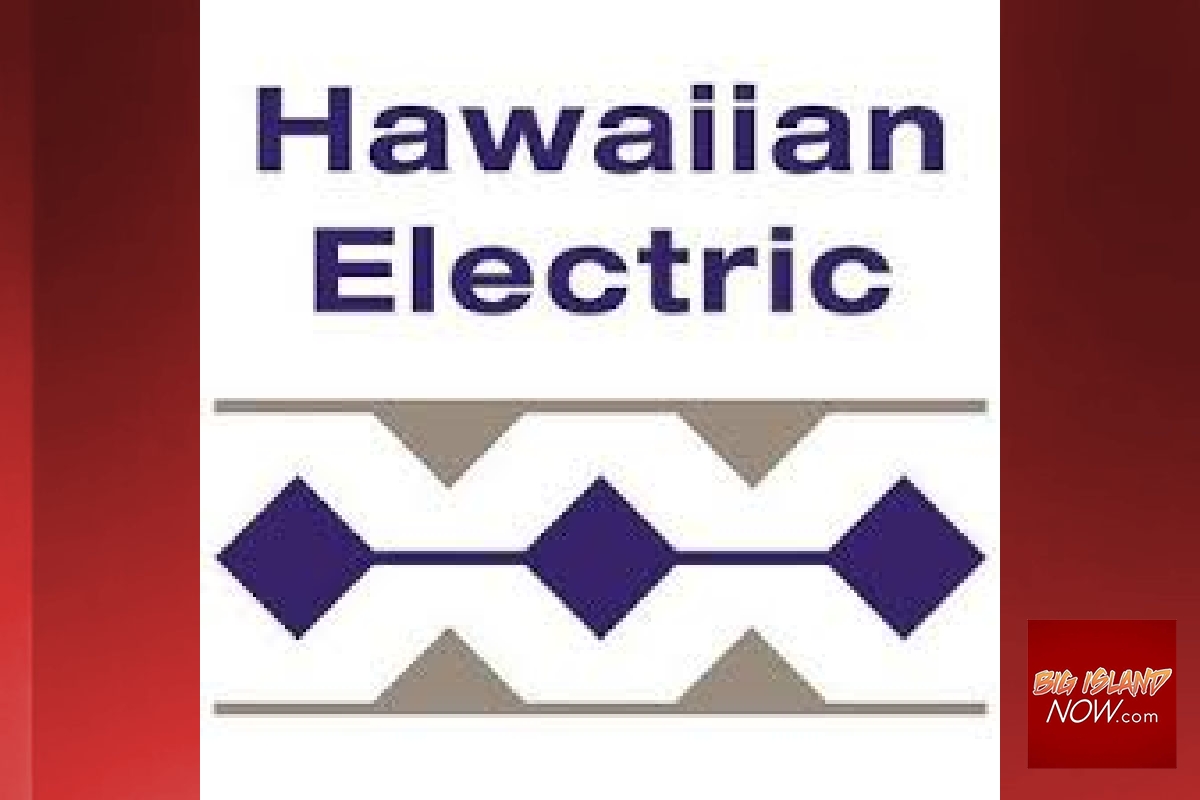HEC’s Targeting 2022 in Move to Acquire More Renewable Energy
With the retirement of Maui’s oldest oil-fired plant and planned closure of the coal-burning AES Hawai‘i power plant on O‘ahu within the next five years, the Hawaiian Electric Companies are beginning the second phase of an ambitious renewable resource procurement to continue the transition from fossil-fueled power generation to clean energy.
The second phase will be open to all variable renewable and storage resources, including solar and wind generation, renewables plus storage, standalone storage and grid services. The plan builds on Hawaiian Electric’s successful acquisition in 2018 of the state’s largest, lowest-cost portfolio of renewable generation.
Drafts of the second phase requests for proposals (RFPs) have been submitted to the Public Utilities Commission for review and approval with the aim to issue the final RFPs by June. Pending approval, the first projects would come online by 2022.
For Hawai‘i Island, additional renewable generation is sought even assuming the Puna Geothermal Venture plant returns to service and the Hū Honua biomass plant comes online as planned this year.
For O‘ahu, new projects will replace some of the energy from the coal-fired AES Hawai‘i plant in Campbell Industrial Park, which sells electricity to Hawaiian Electric. The 180- megawatt plant, which will close by September 2022, is the largest single generator on the Hawaiian Electric system, meeting 16% of peak demand on O‘ahu.
Part of the energy to replace AES will come from three solar-plus-storage projects recently approved by the PUC in addition to other solar and wind projects planned or under construction. But more is needed.
For Maui, the generation and storage is needed to prepare for the planned retirement of Kahului Power Plant by the end of 2024.
In phase two, the Hawaiian Electric Companies are seeking projects to reach goals for 2022, including:
- For Hawai‘i Island, 70,000 MWh annually—equivalent to 32 MW of solar generation—and 18 MWh of storage daily
- For O‘ahu, 160,000 megawatt hours (MWh) annually—equivalent to 73 megawatts (MW) of solar generation—and 1,200 MWh of storage daily
- For Maui, 65,000 MWh annually—equivalent to 30 MW of solar generation—and 160 MWh of storage daily
In the first phase of new renewables acquisition, the companies negotiated contracts for eight projects on three islands. Thus far, the commission has approved three on O‘ahu, one on Maui Island and two on Hawai‘i Island that will add 247 MW of solar energy with almost 1 gigawatt-hour of storage by the end of 2021.
The stable, long-term prices negotiated for those projects are significantly lower than the current cost of fossil fuel generation, about 15 cents per kilowatt-hour. These low prices reflect Hawaiian Electric’s innovative new model contracts that enable the utility to dispatch energy from each facility to meet the needs of the grid.
Draft RFPs and model agreements will be online by April 8, 2019.
In addition to generation and storage, the companies are seeking independent service providers to enlist customers to provide grid services such as capacity to shift electricity use from high to low demand periods and fast frequency response to help the grids maintain power quality and reliability.
Such contractors, known as aggregators, utilize customer-sited distributed energy resource such as water heaters, distributed generation, batteries and electric vehicle charging to deliver the required grid services back to the utility. In return, the utility will pay participating customers an incentive in the form of a bill credit, while paying the aggregators management and enablement fees.
The new RFPs will enable the companies to obtain renewable generation, storage, and grid services at competitive, reasonable cost with reliability consistent with the long-term planning described in the companies’ Power Supply Improvement Plan. Proposals will be evaluated on both price and non-price benefits and impacts to the companies, customers and communities affected by proposed projects.













